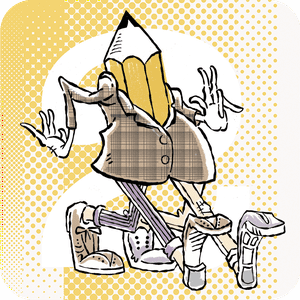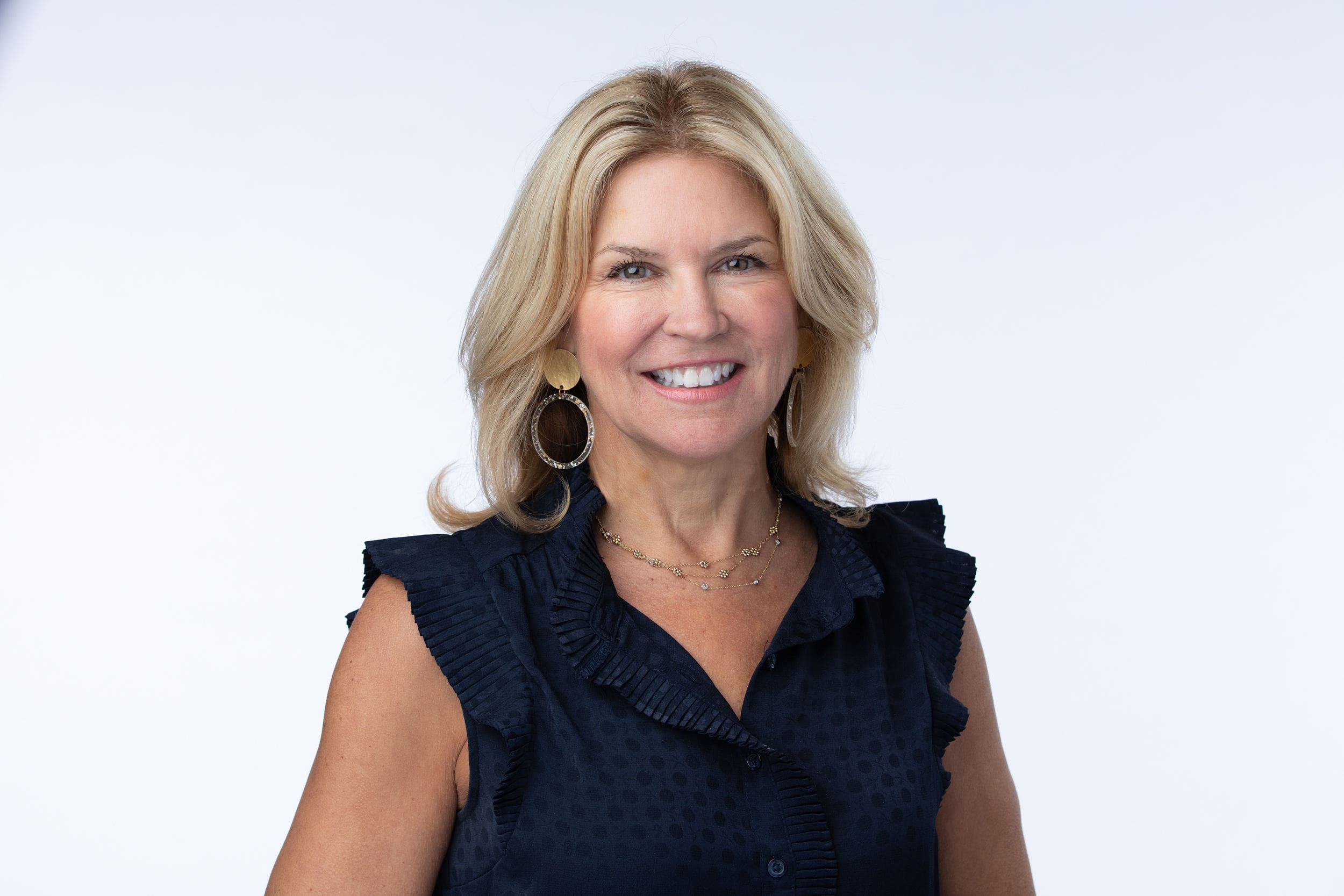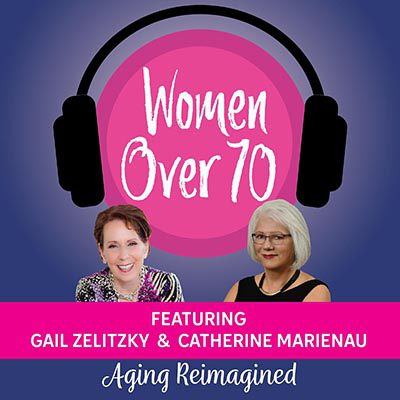Hugs Beyond Valentines Day The SeniorScape ™
What are the different ways we give and receive hugs?
Maybe you’re meeting up with a friend or family member and it is your way of greeting them. Perhaps you’ve had a bit of a rough day and need a hug from your partner or child when you arrive home. You may find yourself giving hugs (or asking for them) when you’re feeling affectionate or need support. Regardless of your reasoning, for many of us, hugs can be an essential source of care and comfort.
Many of us likely learned how to hug at a very young age. Whether it was hugging our families as toddlers or giving our tiny friends hugs in elementary school, we know that in order to hug, we extend our arms around someone else. Hugs are a form of embracement or endearment and can often be used to express affection or care toward others. Hugs are not just limited to two people, however. We can engage in a group hug by participating in a hugging exchange with more than one other person. But when there isn’t anyone else around to give a hug or to receive one, believe it or not it can be therapeutic to hug yourself.
Hugs do indeed make us feel better. Have you ever given or received a hug and instantly felt better? That feeling is not just in your head. In fact, there are several health benefits of hugs that can positively impact you emotionally and physically. Let’s take a look at a few important benefits.
Hugs can…….
Improve your Relationships. Studies suggest that hugs are a form of nonverbal communication. What we can’t necessarily say through words may often be expressed through touch. Hugs can be friendly and platonic, while also supporting deeper intimacy if desired (Gooch & Watts, 2010).
Lower your Stress. Hugs provide an avenue for social support. Through touch, we may feel a sense of connection to others. When we feel stressed out, our bodies may produce elevated levels of cortisol, the body’s natural stress hormone. One study found that physical touch in the form of a hug was associated with lower cortisol levels in both the saliva and blood of their participants (Sumioka et al., 2013).
Reduce heart rate and blood pressure. Akin to lowered cortisol, hugs may support a reduction in elevated heart rate levels and high blood pressure. Research suggests that frequent hugging in interpersonal relationships was associated with higher levels of oxytocin, which is often referred to as the “love hormone.” An increase in oxytocin is thus associated with a decrease in heart rate and blood pressure. People who receive frequent hugs are therefore also less likely to be susceptible to cardiovascular disease and related illnesses (Light, Grewen, & Amico, 2005).
Increase oxytocin and feelings of happiness. As we now know, oxytocin—the love hormone—rises with physical touch. Not only can elevated levels of oxytocin support heart health, but oxytocin is often associated with feelings of happiness. When your body is chemically producing oxytocin and therefore increasing happiness, you may also experience an overall better mood (Field, 2010).
Be a natural pain reliever. Hugs often have the potential to help diminish feelings of sadness, loneliness, and Anxiety. While the emotional benefits for pain reduction from hugs are aplenty, hugs can also serve as a pain reliever for physical pain. Some research suggests that therapeutic touch as a form of physical treatment showed lower feelings of pain in patients with fibromyalgia (Denison, 2004) and Cancer (Tabatabaee et al., 2016).
Let’s take a closer look at some more research on hugs, their importance, and their impact on well-being. Here are some facts to check out:
The average hug lasts about three seconds. The duration of a hug can be important. Shorter hugs may signify a quick greeting. Longer hugs tend to represent deeper emotion, intimacy, and connection between two or more huggers. Longer hugs also encourage the release of oxytocin
Hugs support an increase in serotonin levels. Serotonin, a chemical messenger in the brain, supports mood regulation. Hugs not only encourage the release of oxytocin but also elevate serotonin, which can make people feel happier and less stressed
Hugs can be a form of mindfulness and Meditation. Think about it. Mindfulness meditation encourages us to be fully present in the moment and aware of our thoughts, feelings, and sensations. Similarly, when we hug others, we are often immersed in the thought and sensation of participating in touch. Connecting our breathing with someone else when hugging helps us take a break from racing thoughts and focus on the other person
Final Thoughts on Hugs
Although there is no concrete number of hugs we require each day, if desired, you may find it beneficial to give and receive hugs more often.. Consider taking some time today and be intentional with your loved ones through hugs (with consent, of course). But remember, though it may sound silly, you can also hug yourself.
Try it……
Wrap your arms around yourself and squeeze.
Tell yourself something positive about yourself.
Tell yourself you appreciate who you are.
Tell yourself you care about how you feel and you will do what it takes to take care of yourself.
Take note how you feel after your self-hug.
To receive The SeniorScape ™ in your inbox, email:
,phyllis@phyllisaymanassociates.com
Originally Published on https://www.phyllisaymanassociates.com/
























